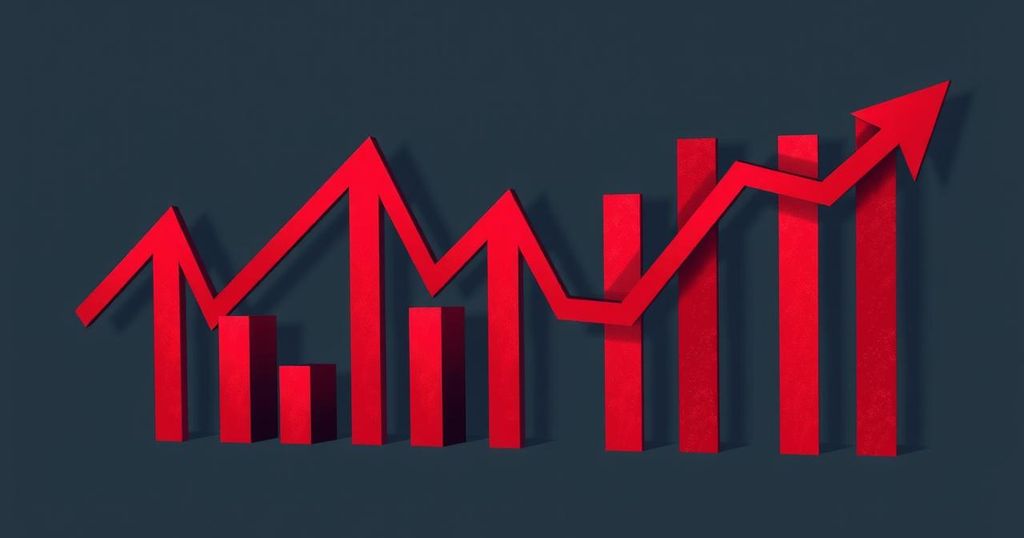Argentina’s inflation reached 2.4% in February, slightly up from January’s 2.2%. Annual inflation was 66.9%, down from the previous month’s 84.5%. Efforts by President Milei have stabilized inflation from nearly 300% a year ago, though challenges remain.
Argentina’s inflation rate rose by 2.4% in February, meeting analyst predictions, according to data from the INDEC statistics agency. This increase follows a January rate of 2.2% and is attributed to a nearly 4% rise in housing and public services costs. Year-over-year inflation reached 66.9%, reflecting a decrease from 84.5% in the prior month, albeit slightly exceeding analyst expectations.
Under the leadership of libertarian President Javier Milei, the government’s efforts to control rampant inflation have shown some progress, yet rates have plateaued between 2% and 3% recently. An analyst at Max Capital anticipates March’s inflation will approach 2%, although recent data has indicated potential increases over February’s rates.
Milei’s administration has managed to reduce inflation from nearly 300% a year earlier to single digits now, addressing the dire economic situation through rigid austerity measures, which have led to widespread protests. The government is now considering measures to ease capital restrictions. Analysts predict inflation may drop to 23.3% by the end of 2025, highlighting the gradual stabilization of Argentina’s economy.
In conclusion, Argentina’s inflation rate increased to 2.4% in February, reflecting ongoing economic challenges despite government efforts to stabilize prices. While annual inflation has decreased from high rates earlier last year, the recent plateau indicates persistent issues. Moving forward, analysts remain cautiously optimistic regarding inflation forecasts, indicating a potential slowdown by 2025.
Original Source: money.usnews.com




